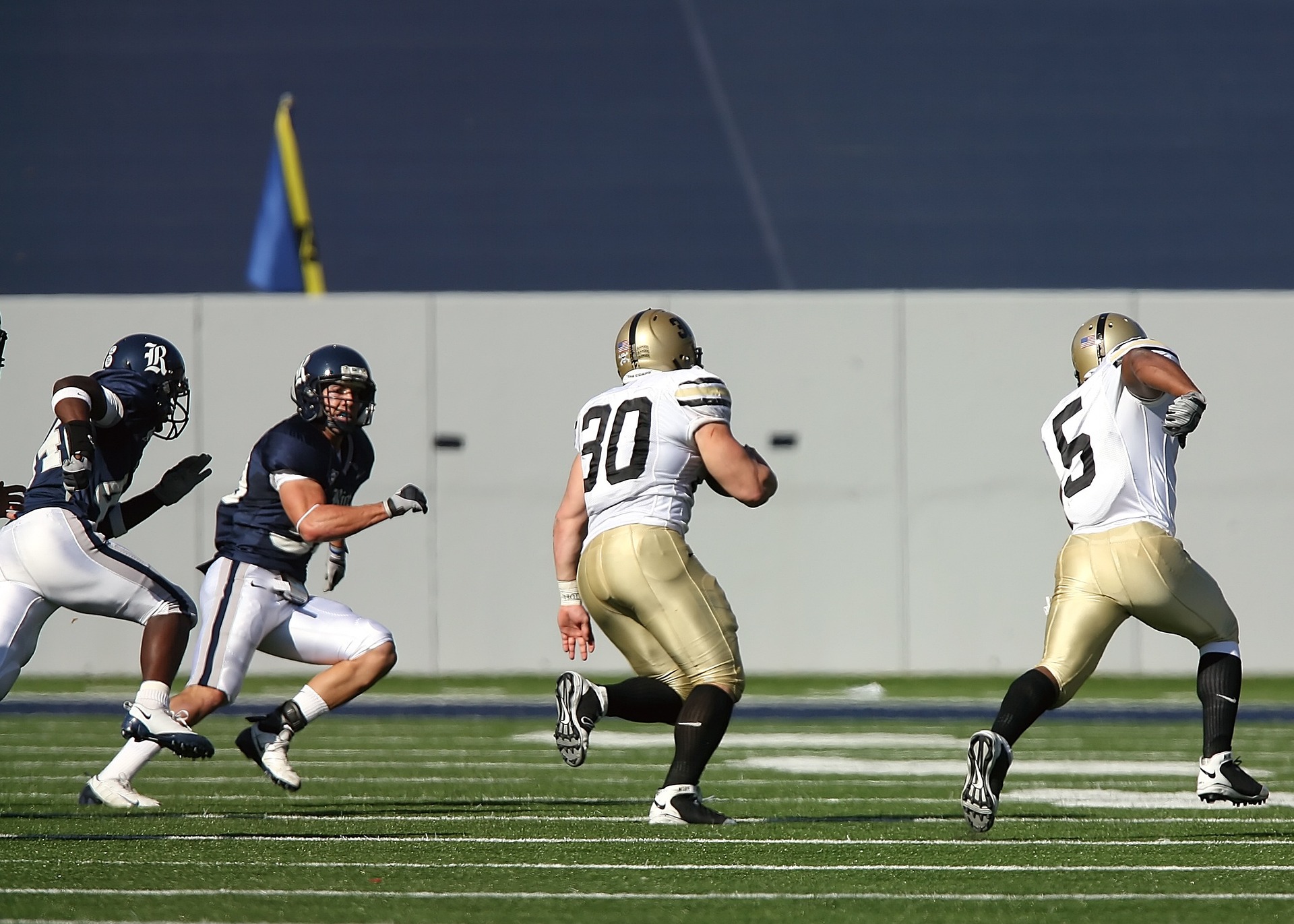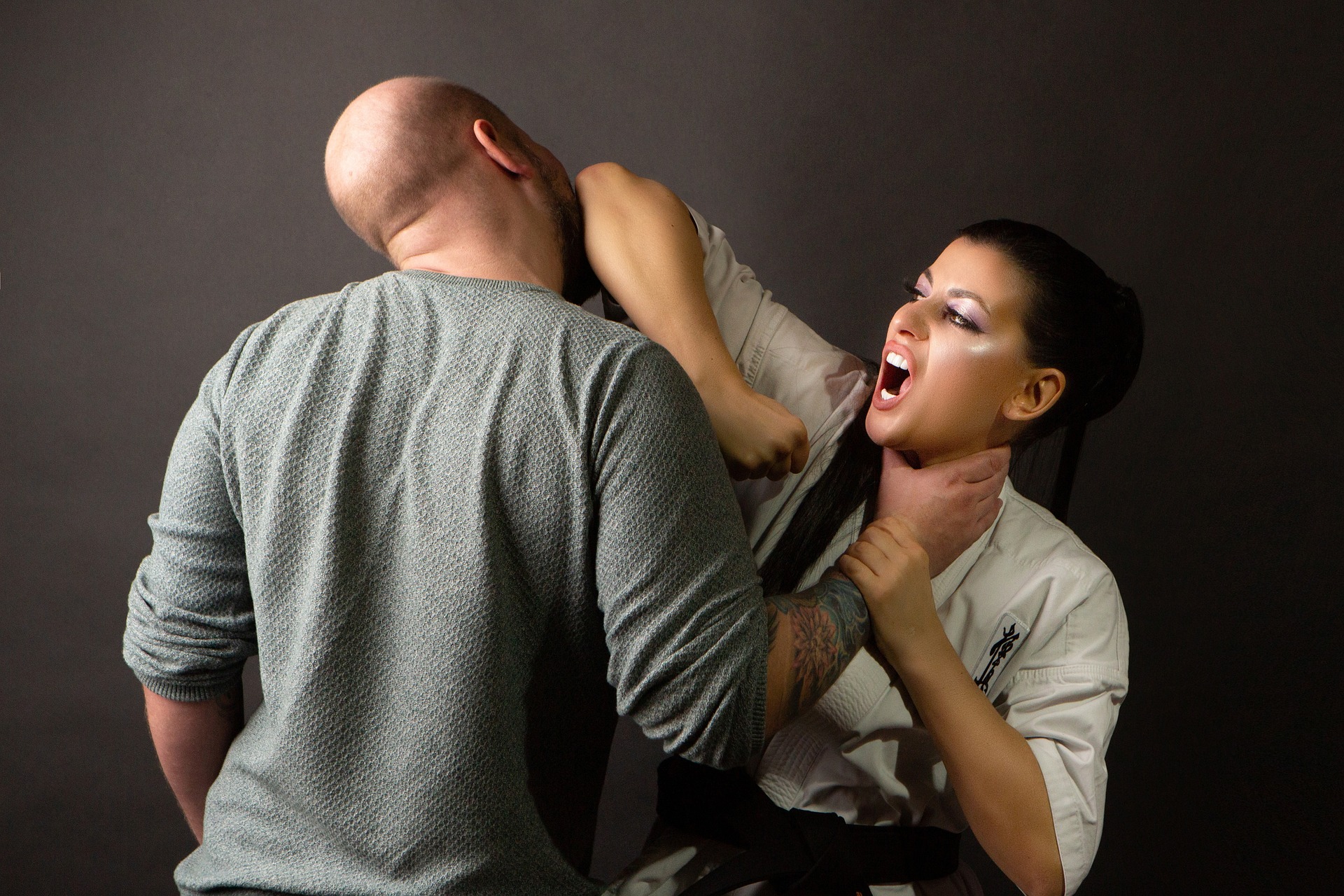I remember talking with my uncle, a Vietnam vet and 1st Lieutenant in the US Army, about the similarities between sports and combat. He told me that football plays are like military tactics, with screens, flanks, and lines. The concepts found in martial arts are also in sports. For instance, football has two types of coverage, zone and man. Here’s how they are defined:
“Zone coverage is when defensive players cover a zone or area of the field to protect against the pass. Man coverage is when defenders follow the man, or receiver, on any route they run.” – www.viqtorysports.com
I relate man coverage to having a defensive response to a particular strike, while zone coverage is having a defensive reaction to attacks in an area. Is one better than the other?
An infinite variety of attacks can come at you, yet they all must travel along one of the 360 degrees arcs that make up a circle. Of these 360 degrees (or angles), you can still reduce the number to nine. Practice attacks along these nine primary angles, and you can address an infinite number of attacks. In essence, you simplify attacks into zones along angles and lines.
The Reduction of Angles
When describing martial techniques, I like to use the XYZ Axis we all learn in school. In math class, the teacher would draw a horizontal line called the X-axis. Then she would draw a verticle line called the Y-axis. A line that extends from the chalkboard to the classroom is called the Z-axis. The cube of squares defines a 3-dimensional space. However, the axis lines are vital to understanding the paths of strikes and kicks.
The Filipino art of Arnis, Kali, or Escrima uses this concept, reducing an infinite number of attack angles to just a few. Usually, FMA styles divide the angles into twelve segments with two or four attack angles being stabs – along the Z-axis. This zone concept reduces the infinite attacks into a set of manageable lines. Then you can practice and perfect defenses for any weapon coming along this line or angle. In a sense, you are simplifying your defense reactions. This training develops better muscle memory while reducing the decision-making process of the defense equation. This training method allows you to react and counter the attack in fluid motions.
The Simplification of Attacks
Not only can you defend from fists coming along those lines, but the techniques now translate well against armed assailants. Even with weapons, the attack profile is the same. Whether a stick, knife, or cat, the attack must travel along one of the predefined angles. Not only can you defend against this attack with your empty hands, but you can also defend while armed.
FMA theory holds that the attacks follow along these angles. You only need to defend against the angle whether you or the assailant is armed or unarmed. The net result is you are fast because you have distilled the combat encounter into digestible bits and refined your muscle memory to react successfully.
The Octagon of Kajukenbo
When the Black Belt Society of Kajukenbo included material from Kali (or Escrima as Sijo Emperado called it), they saw the value of the zone strategy. The octagon’s sides represent the angles of attack that a defender must deal with. Like the angles of FMA; it also includes a thrust to the center as the ninth angle. The eight sides of the octagon are also used for footwork and moving around an opponent. Using the angles is taught at the higher levels of training even though students of all levels can benefit from this type of training.
Working angles also requires two partners to develop the flow and angle acuity. Nothing helps the brain process attack angles more than a stick falling from an angle toward your head. You either defend against it or get a bump. Either way, your muscles and the brain learns. (See Body Contact Theory to learn more about this method of training)
There’s no way to teach you how the next fight or conflict will play out. The sheer number of variables and attack types precludes that method of instruction. However, by reducing your attacks to these nine to twelve angles, you can save yourself a lot of headaches. Pun intended.
Did the angle of this article make an impact? Join our Philippine Combatives program and learn the sophisticated art of stickfighting, knife fighting, and empty-handed fighting. Mention this article when you sign up, and you’ll receive a free pair of Training Sticks while supplies last.



